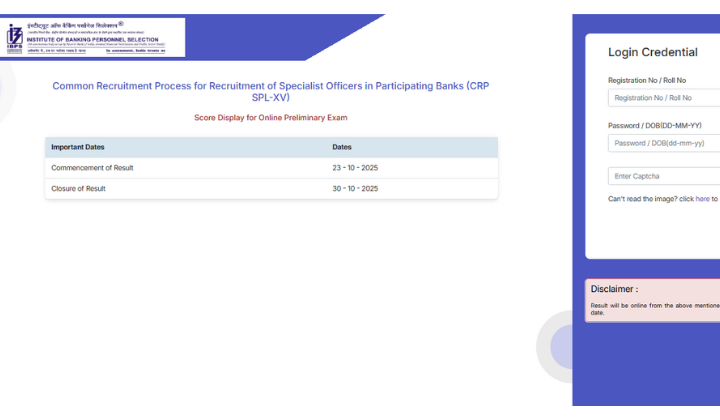Now Reading: Smart Ways to Save Money Even with a Low Income
-
01
Smart Ways to Save Money Even with a Low Income
Smart Ways to Save Money Even with a Low Income

Saving money on a limited income may seem challenging, but with the right approach and discipline, it’s possible to build financial security over time. Whether you’re a student, a salaried worker in a Tier 2 city, or managing a small business, small savings done consistently can create a strong financial base. This guide offers simple, practical steps to help anyone save more, even when earnings are modest.
Track Your Expenses First
The first step to saving is knowing where your money goes. Write down or use an app to record every rupee you spend. Categorise your expenses – essentials (rent, food, bills) and non-essentials (eating out, shopping).
This awareness helps you identify where you can cut down.
Make a Simple Budget and Stick to It
Create a monthly budget. Set spending limits for essentials and fix an amount for savings, even if it’s just ₹100 or ₹500. Follow the 50-30-20 rule if possible:
- 50% for needs
- 30% for wants
- 20% for savings or debt repayment
A clear budget reduces impulsive purchases.
Cut Unnecessary Expenses
Look for areas where you can save without hurting your lifestyle too much.
- Cook more at home instead of ordering food
- Use public transport or shared rides when possible
- Avoid monthly subscriptions you rarely use
These small changes can save thousands every year.
Start a Basic Emergency Fund
Even if you earn less, having an emergency fund is essential. Start by keeping aside ₹500 to ₹1000 each month in a separate account. In a few months, you’ll have a safety cushion for sudden medical expenses, repairs, or job loss.
This fund prevents you from falling into debt during tough times.
Use Savings Schemes Made for Small Incomes
The government offers several savings schemes ideal for low-income earners:
- Post Office Recurring Deposit
- Sukanya Samriddhi Yojana (for girl child savings)
- Public Provident Fund (PPF)
These options are safe and offer decent returns over the long term.
Avoid Loans for Non-Essential Purchases
Borrowing for phones, holidays, or shopping may offer instant satisfaction but often leads to long-term repayment stress. Instead, build a habit of saving for such goals.
Buy only when you can afford it without EMIs.
Earn a Little Extra if Possible
If your job allows, explore side income options. Freelancing, tutoring, online selling, or weekend part-time work can add a few thousand to your income monthly. Even small boosts make a big difference when added to savings.
Conclusion
Saving on a low income isn’t about sacrificing everything — it’s about being mindful, setting goals, and staying consistent. With small but regular efforts, you can achieve financial stability. Whether in a small town or a growing Tier 2 city, financial freedom is possible — one wise rupee at a time.
























